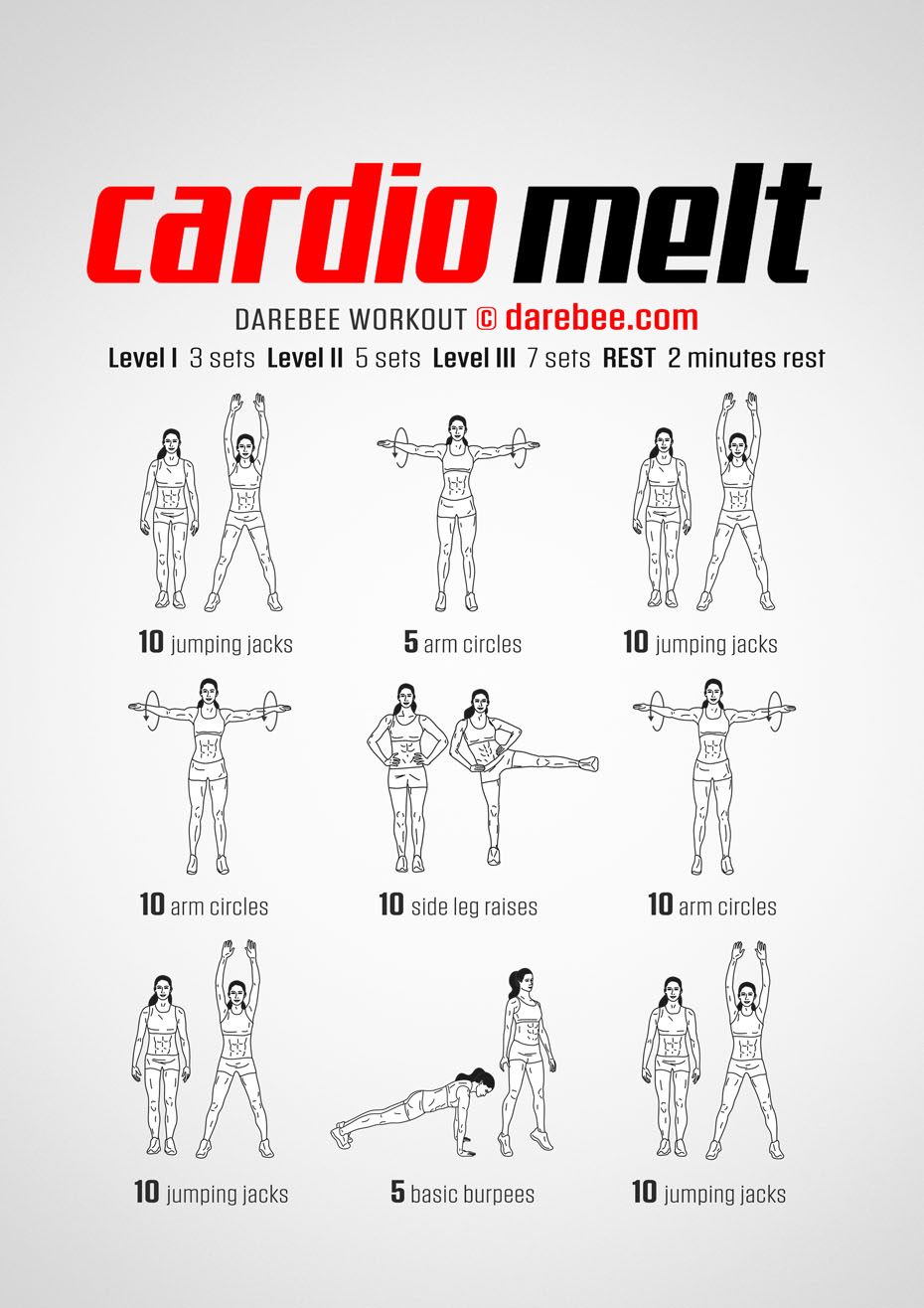

The training effect of zone 2 is that stroke volume increases while exercise heart rate decreases, signaling greater cardiorespiratory endurance. Stroke volume and heart rate together determine cardiac output, which is the volume of blood being pumped through the heart in a given time.

The heart pumps out approximately 70 ml of blood each beat. Stroke volume is the volume of blood being pumped out with each beat. As the body begins to exercise, the heart must pump more blood to meet this increased demand. The heart is our main pumping mechanism, circulating oxygenated blood throughout the body to the working tissues. Transport of oxygen throughout the body requires the coordinated functions of the heart, lungs, blood vessels, and blood. When we train in zone 2, we use oxygen to maintain a low-intensity cardio workout. Lazauskas says that depending on your fitness level, the Cooper Run Test (run as far as you can in 12 minutes), the George Jog Test (a shorter jog), and the Rockport Walk Test (walk as fast as you can for 1 mile) are "great MHR field tests due to their minimal use of equipment." Once you've got your heart rate measuring device, you can identify your MHR using a field test-a practical way to perform an all-out, maximal-endurance effort that will get you to your highest possible heart rate. With that said, a 2020 JMIR Health study found that devices like MiBand and Garmin "generally produce accurate heart rate readings" compared to the Polar H7 chest strap, so it's largely a matter of preference. Polar released the world's first wireless chest strap heart rate monitor, and it's more accurate than wrist-based heart rate monitors, according to a 2019 study in Cardiovascular Diagnosis and Therapy 2. Doing a field test using a heart rate monitor is one way to measure your maximum heart rate.


 0 kommentar(er)
0 kommentar(er)
